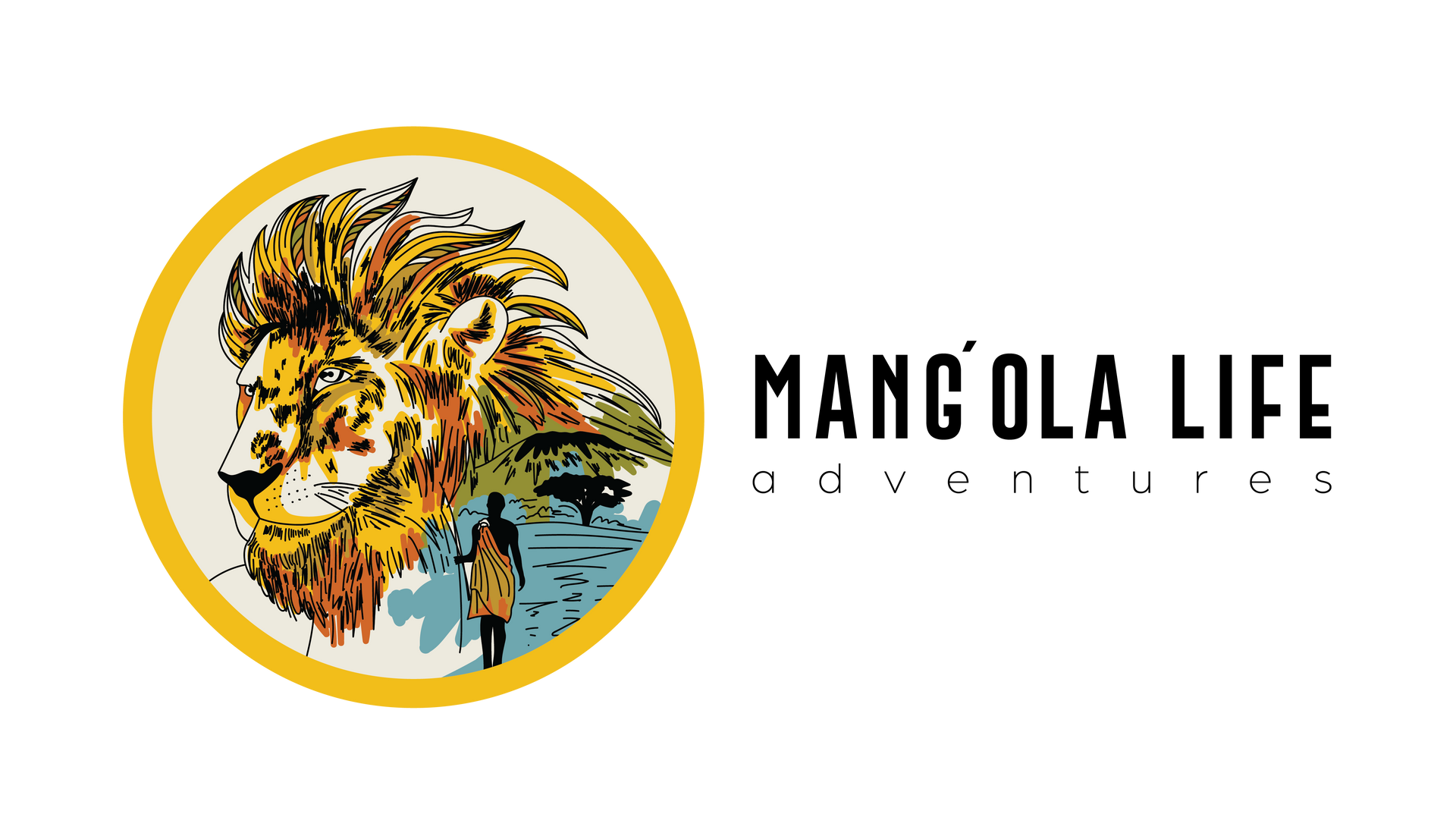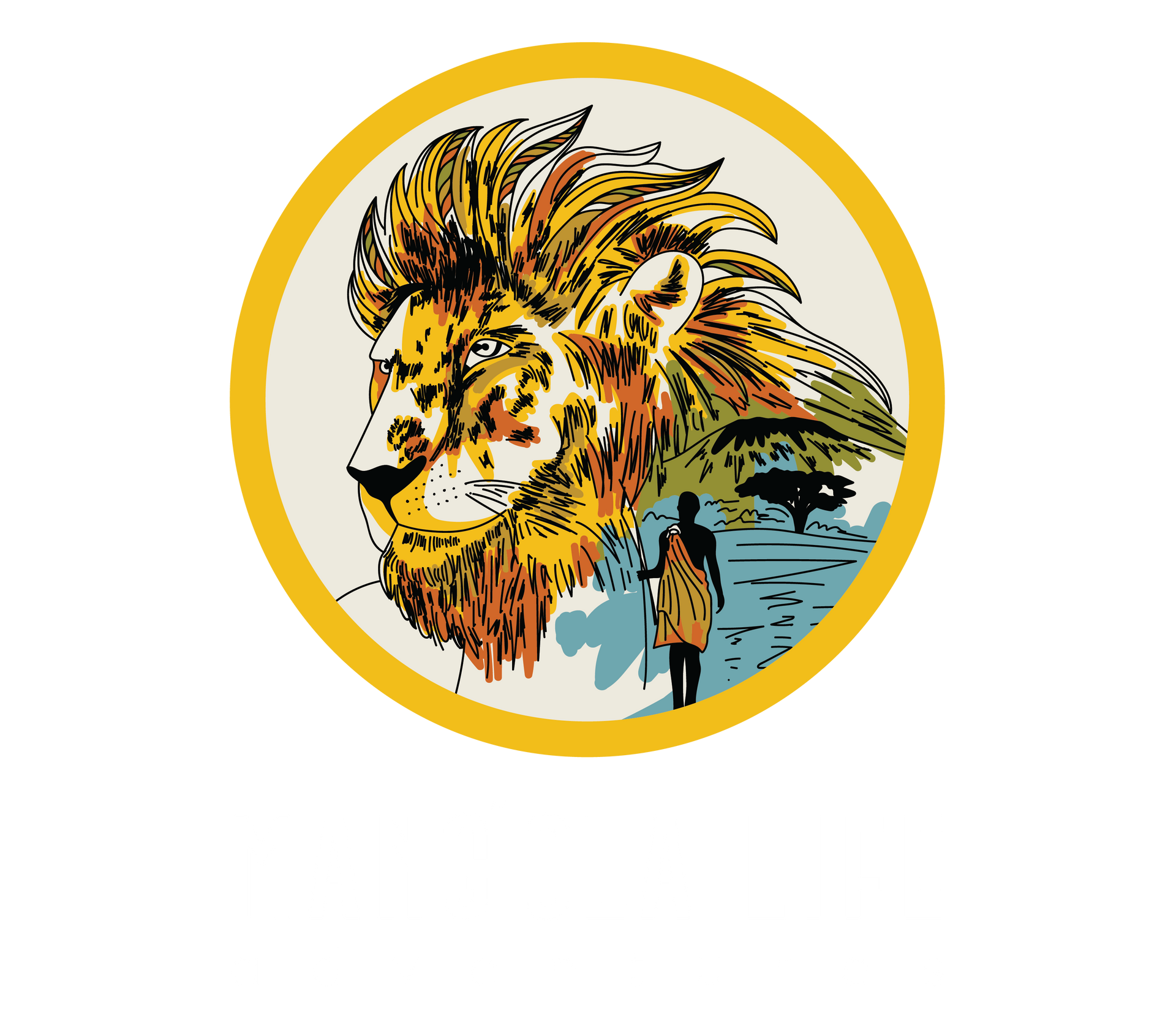What makes Lake Manyara special, and how to find ethical accommodations
A journey beyond the checklist
You didn’t land on this blog just to find Lake Manyara.You’re here because you crave a travel experience that means something. One where stillness feels like presence, not absence. One where nature isn’t just background, it’s the main character.
At Mang’ola Life, we believe travel is a sacred act. One that can transform not only the traveler, but the land and communities we visit, if we do it right. We are a sustainable safari company in Tanzania, rooted in regeneration, ancestral knowledge, and intentional experiences.
If you’ve been wondering whether Lake Manyara belongs in your itinerary, it does. Let’s explore why.
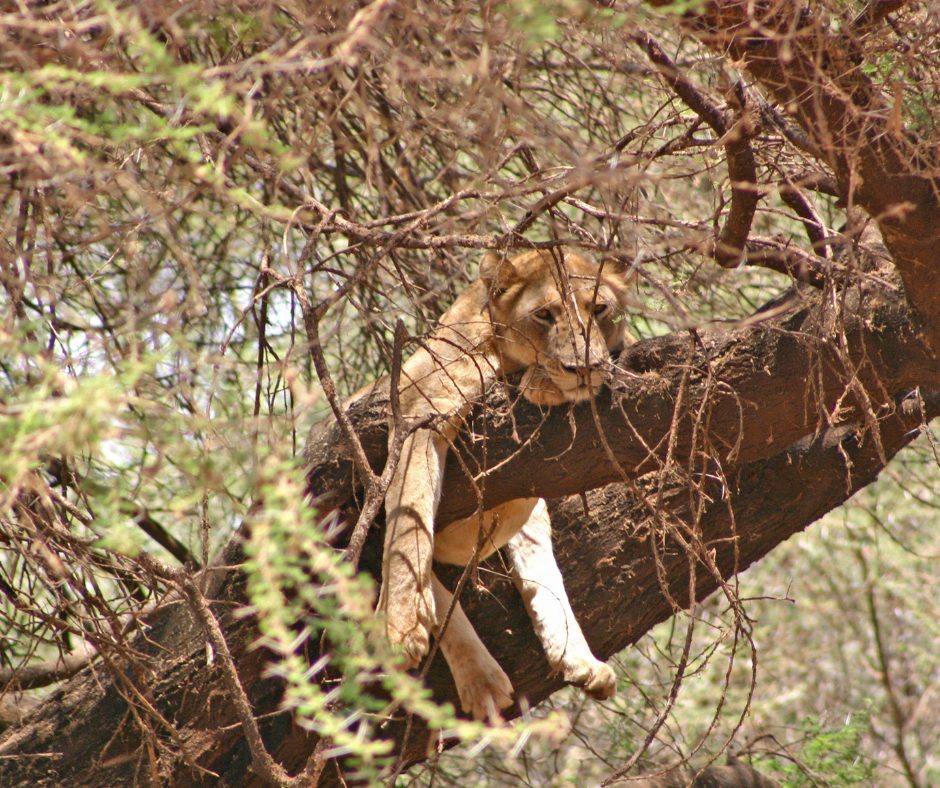
5 Top reasons to visit Lake Manyara: it isn’t just a place, it’s an experience
Reason 1: Wildlife you won’t find anywhere else
It’s not just the landscapes, it's the life that inhabits them. Some you’ll spot immediately. Others you’ll meet only if you move slowly enough, quietly enough, with enough reverence to be trusted by the wild. Among the many beings who call Lake Manyara home, a few stand out, not for their rarity alone, but for the way they remind us how alive and mysterious the world still is.
- Famous tree-climbing lions. Unlike most lions that roam the grasslands, the ones in Lake Manyara have an unusual habit: they climb trees. And not just to nap. Some say it’s to escape tsetse flies or get a better view of prey. Others believe it’s just their personality. Either way, seeing a lion perched high on a branch, tail swishing against the sky, is a rare, almost dreamlike sight you won’t forget.
- Hippos, elephants, and flamingos. follow Lake Manyara’s shimmering edge and you might spot a pod of hippos cooling off in the water, their eyes just above the surface. Or a family of elephants gently parting the reeds, moving with a wisdom that feels ancient. And when the light hits just right? Thousands of flamingos paint the lake pink, shifting in waves like a heartbeat.
- Golden monkeys and silver mornings. In the stillness of the forest, golden monkeys jump from branch to branch quick, curious, and almost silent. Early mornings here feel untouched. The mist lingers low, the birds haven’t yet begun their chorus, and everything moves slowly. In those moments, you're not just watching wildlife, you're part of the scene, breathing in rhythm with the forest.
- Over 350 species of birds. Whether you’re an expert or just curious, the air here is thick with wings, songs, and stories. Lake Manyara is a birder’s dream, with species like the crowned eagle, silvery-cheeked hornbill, and lilac-breasted roller flashing their colors across the sky. This checklist includes all bird species found in Lake Manyara National Park.
Reason 2: Diverse, breathtaking landscapes in one park
Lake Manyara, one surprise at a time At first glance, Lake Manyara might look like just a lakebut it's much more than that. As you explore, it unfolds gradually: salt flats, forests, cliffs, and savannahs all living side by side. Start your morning in the quiet of the groundwater forest, where tall mahogany trees offer shade and monkeys jump through the branches above.
Step out and you’ll find yourself standing before an alkaline lake that glows silver in the morning light, then turns pink with flamingos by midday. Look up, and the walls of the Rift Valley rise around you like ancient guardians, dramatic and grounding.
Lake Manyara, full of contrast Walking through Lake Manyara feels like moving through different worlds, forests to open plains, bright sun to cool shade. By the end of the day, you’ll realize it’s not just the scenery that changed, it's how you felt moving through it.
Reason 3: Close proximity to Tanzania’s northern safari circuit
Lake Manyara holds a rare kind of power , not just in what it offers, but in when and how it offers it. Nestled near icons like Ngorongoro, Tarangire, and Serengeti, it becomes more than a stop; it becomes a pivot. A breath before or after the epic.
Think of it as a soft opening or a sacred closing. A place to land gently before the drama of the crater. A place to integrate what you've seen, felt, and remembered after the Serengeti’s wild pulse. Just a few hours from each, Lake Manyara offers a slower rhythm, one that lets your nervous system catch up with your soul.
Pair it wisely, and your northern circuit becomes more than a route. It becomes a rhythm.
Where is Lake Manyara located?
Lake Manyara National Park sits in northern Tanzania, tucked beneath the dramatic cliffs of the Great Rift Valley Escarpment, just outside the welcoming town of Mto wa Mbu—a place that hums with local life, fresh fruit markets, and cultural vibrancy.
Its location makes it a natural stop along Tanzania’s northern safari circuit, acting as a gentle introduction (or grounding pause) between better-known parks like Tarangire and Ngorongoro. But don’t mistake it for a detour—it’s a destination all its own. Think of it as the soft opening to your deeper connection with the land.
How far is Lake Manyara from Tanzania airports?
- From Arusha Airport (ARK): approx. 2.5 hours by car
- From Kilimanjaro International Airport (JRO): approx. 3.5–4 hours by car
The journey is part of the experience: winding roads lined with banana groves, glimpses of Maasai herders, and shifting landscapes that ease you into safari mode.
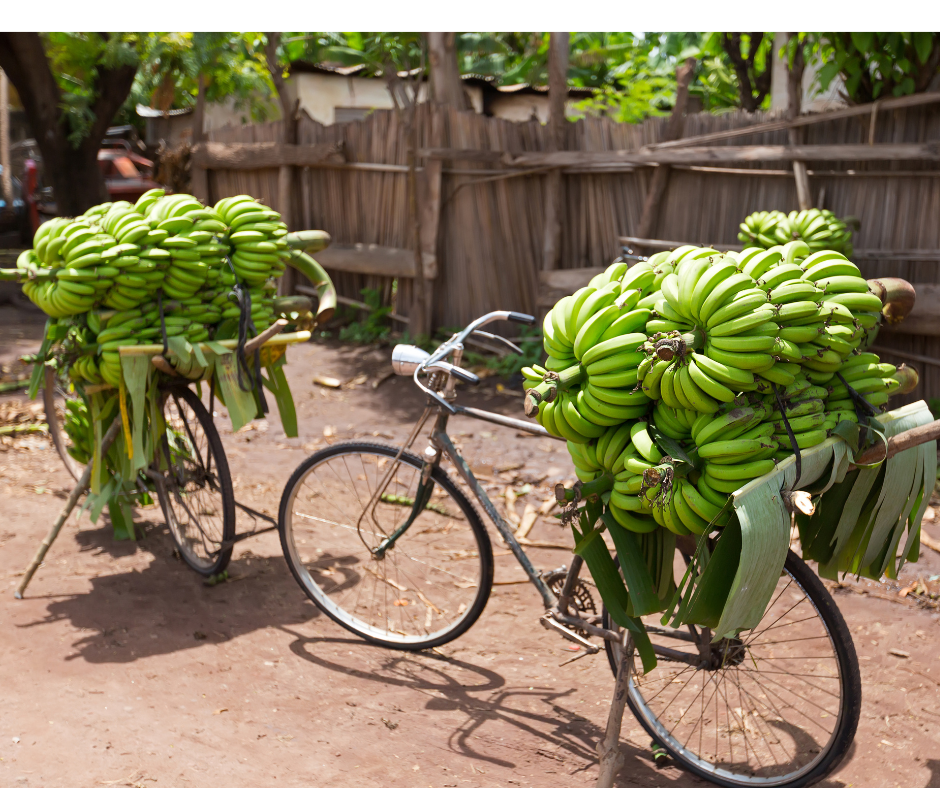
Reason 4: Deep cultural connection
Indigenous communities nearby This land isn’t just home to wildlife. It’s home to people, too. The nearby town of Mto wa Mbu is a cultural mosaic, where over 120 tribes live side by side. Here, you can take part in cooking classes, visit local farms, or simply share tea with someone and listen. Travel like this isn’t about watching from afar. It’s about relating, human to human, heart to heart. Here, cultural exchange takes many forms:
- A cooking class with a grandmother who teaches you the slow rhythm of banana stew.
- A quiet walk through banana plantations, guided by a local farmer who tells you what the soil needs to thrive.
- An afternoon sharing tea and stories with a painter who uses color not just to decorate, but to remember.
Reason 5: Intimate safari experience with fewer crowds
A more mindful, immersive safari compared to busier parks Lake Manyara is often overlooked in favor of its more famous neighbors. Which is exactly why you should go. Fewer vehicles mean more silence. More time. More presence. It’s where you can feel the bush breathe and hear your own thoughts. Where a safari becomes more than a bucket list item it becomes a meditation.
And when you’ve traveled in a way that honors the land, the question naturally arises:
where do you rest?
The answer matters, because how we stay is part of how we show up. Choosing an ethical accommodation isn’t just about comfort; it’s about alignment. With your values. With the land. With the communities who call this place home.
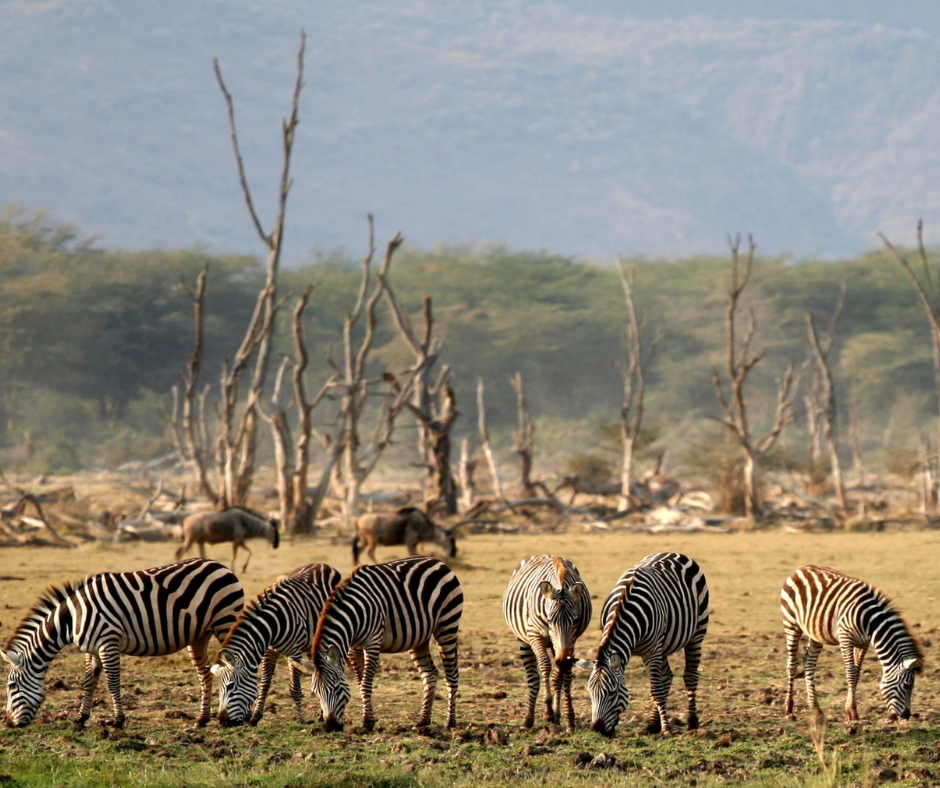
Lake Manyara entrance fees and park details
- Entry fees: Around $59 USD per adult (non-resident); seasonal changes apply. Always double-check the for the most up-to-date rates.
- Opening hours: 6:00 AM to 6:00 PM (source)
Sustainable travel prep tips:
- Dress in neutral, earthy tones to avoid disturbing wildlife—leave bright colors for Instagram filters.
- Bring a reusable water bottle, a wide-brimmed hat, and reef-safe sunscreen—yes, even here.
- Follow park rules carefully—this isn’t a set or a safari backdrop. It’s a living, breathing ecosystem.
Things to do at Lake Manyara
- Game drives: Move slowly through the park during golden hour, when the light is soft and nature is most alive. It’s less about chasing sightings and more about letting the wild come to you.
- Walking safaris: Step out of the vehicle and into the rhythm of the land. With a trained guide, every footprint, rustle, and scent becomes part of the story.
- Birdwatching: Watch flamingos paint the lake pink at sunrise or spot vibrant rollers flashing through the trees. Over 400 species invite you to slow down and really look.
- Cultural exchanges: Visit nearby villages like Mto wa Mbu with open hands and an open heart. It’s about connection, not performance—listen more than you speak.
How to find places near Lake Manyara that reflect the same care, and consciousness that brought you here in the first place?
Whether your ideal morning begins with coffee on a shaded veranda or barefoot walks through sun-warmed soil, there are stays around Lake Manyara that offer more than just shelter, they offer alignment. With the land. With the people. With your purpose for being here.
Many accommodations in the region go beyond sustainability checklists. They are living ecosystems of care, community-run, conservation-driven, and rooted in place. When you choose to rest here, you’re not just booking a place to stay ; you’re participating in a relationship.
What to look for in an ethical stay near Lake Manyara:
Conscious travel doesn’t end with where you go. It includes where you sleep, what you consume, and who benefits from your presence. Choosing ethical accommodations is one way to turn your values into action, with every night of rest contributing to regeneration, not extraction. Here is a guide on tourism that supports sustainable development but in short look for places that:
- Solar-powered energy systems that reduce environmental impact without compromising comfort.
- Locally sourced meals, made with ingredients grown by nearby farms and women-led cooperatives.
- Lodges run or staffed by local communities, ensuring your presence strengthens, rather than extracts from, the local economy.
- Eco-conscious construction: think of natural materials, water harvesting, minimal waste.
- Educational or conservation partnerships, where your stay contributes to long-term, place-based impact.
Stay with soul: Mang’ola Life
Just a short, scenic drive from Lake Manyara, Mang’ola Life offers more than a place to sleep, it offers a way of being here. Rooted in a slow-travel philosophy, our sustainable safari experiences invite you to travel with intention, rest with reverence, and reconnect through shared humanity.
It’s not just a stay. It’s a life expedition experience.
Or try the wild way: camping
If luxury isn’t your love language, consider the raw intimacy of camping, where your tent becomes part of the landscape, and your lullaby is sung by the stars.
You’ll find:
- Public and special campsites managed by TANAPA, placing you right inside the heartbeat of the park.
- Private eco-camps, tucked along the edges, offering a quieter, more curated experience, still rooted in sustainability and local employment.
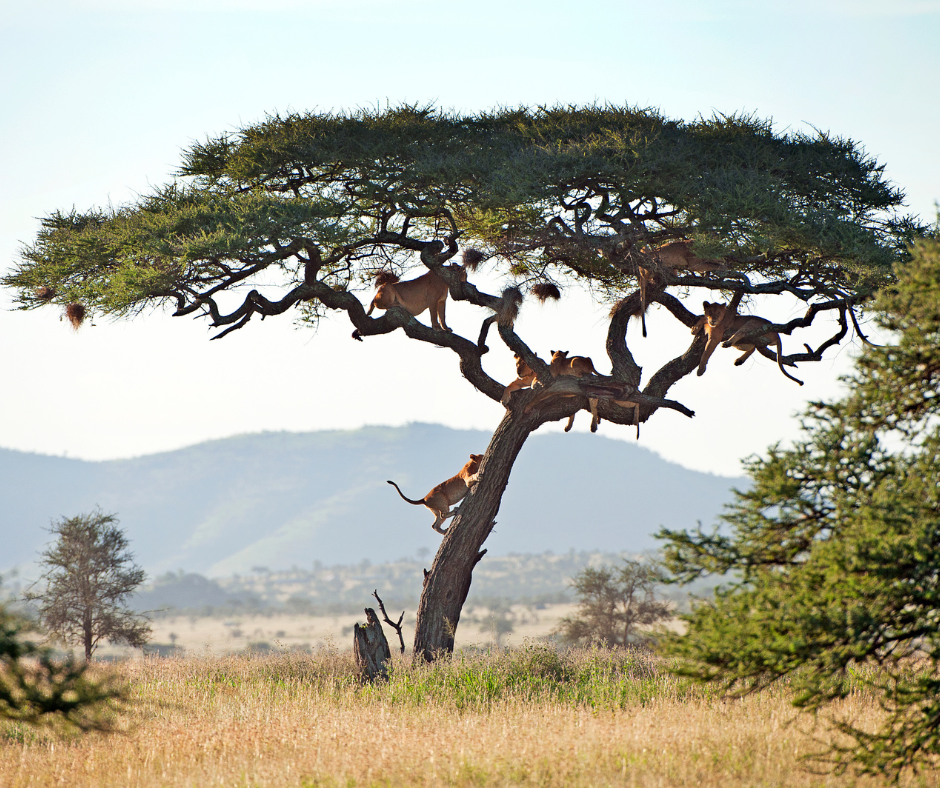
Final thoughts: Travel as a relationship, not an escape
Lake Manyara doesn’t ask you to conquer it. It asks you to meet it. To listen before you look. To move with reverence, not rush.
Whether you come for the flamingos or the forest, the stories or the stillness, it has a way of showing you what really matters, if you're willing to slow down and receive it.
At Mang’ola Life, we believe travel is not about checking off destinations, but about transforming the way we relate to the world. Lake Manyara is one of those rare places that doesn’t just change your itinerary, it changes your perception. As you pack your bag and say goodbye to Lake Manyara, to its stillness, its stories, its wild breath, take a moment to reflect not just on what you’ve received, but on what you’ve offered.
Respect. Presence. A willingness to see differently.
Ready to walk differently?
Join us at Mang’ola Life for a
Tanzania safari experience that honors the land, the people, and your journey of becoming.
Every journey changes us. But the truest ones also ask: what are we changing in return?
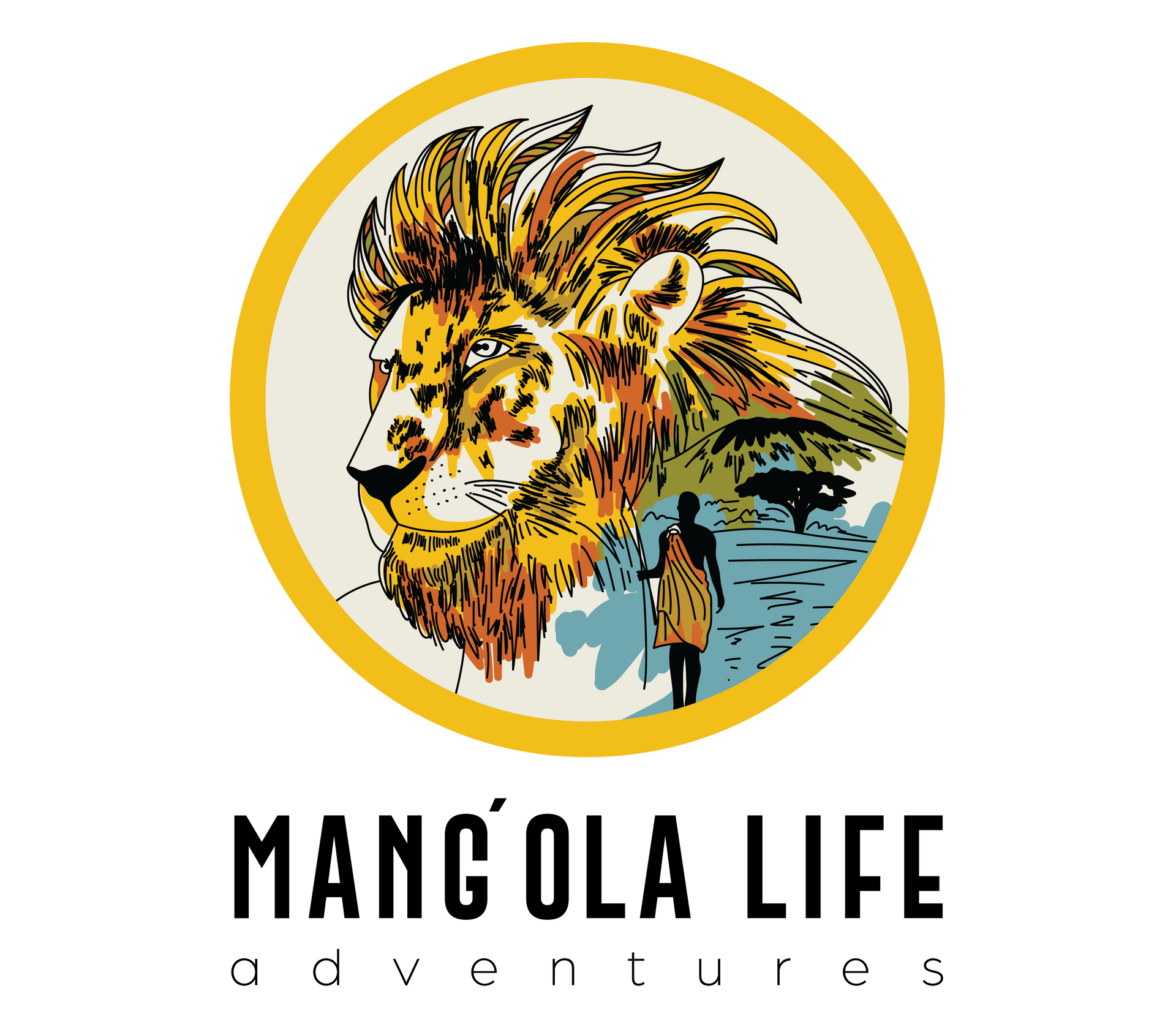
Welcome to Mang'ola life we are a sustainable safari company located in the heart of Tanzania, Africa. Plan your next adventure with us.





